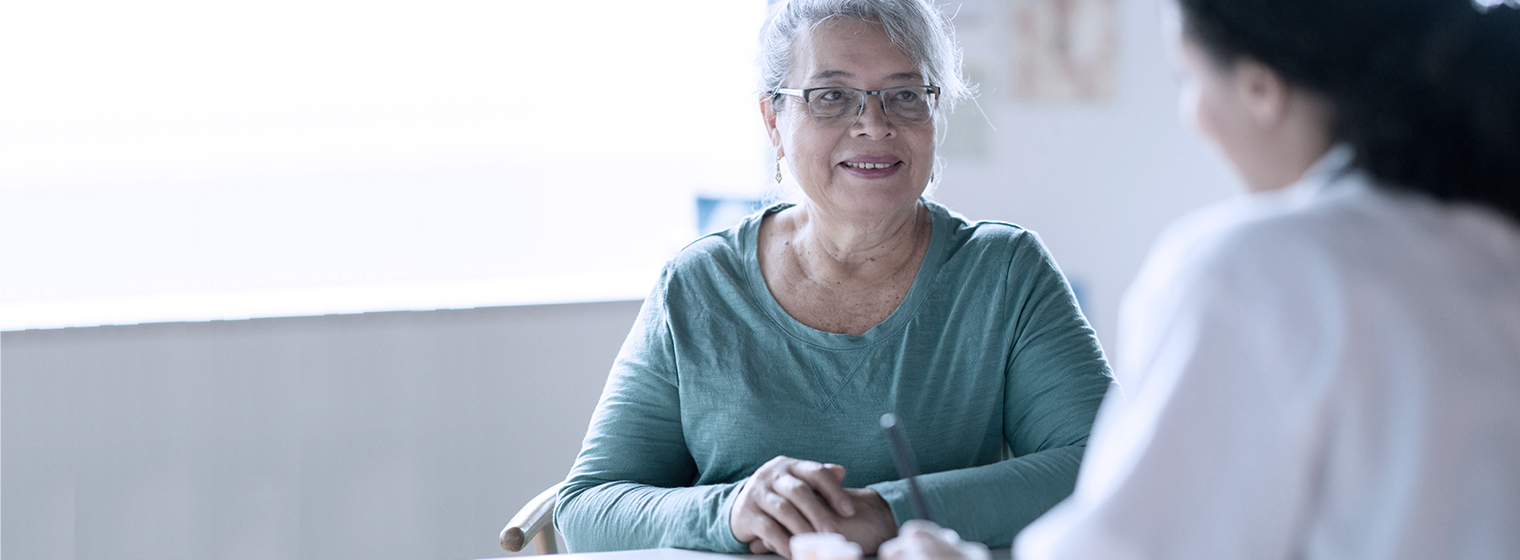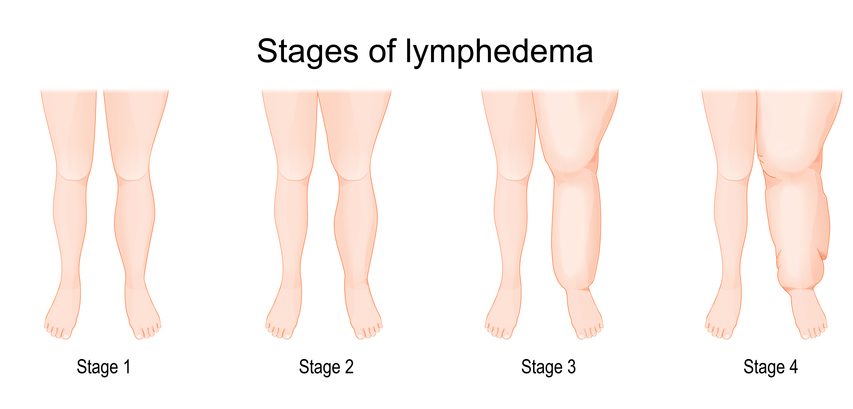- Find a DoctorDoctors by Specialty
- Cardiac Electrophysiology
- Cardiology
- Colon & Rectal Surgery
- Family Medicine
- Gastroenterology
- General & Vascular Surgery
- Gynecological Oncology
- Gynecology
- Infectious Disease
- Internal Medicine
- Interventional Cardiology
- Interventional Radiology
- Nephrology
- Neurology
- Neurosurgery
- Obstetrics & Gynecology
- Oncology
- Oncology & Hematology
- Orthopedic Surgery
- Otolaryngology
- Perinatology
- Psychiatry
- Pulmonary Medicine
- Radiation Oncology
- Rheumatology
- Sleep Medicine
- Thoracic Surgery
- Urology
- View All Doctors
- Our ServicesMedical Services
- Bariatric Services
- Behavioral & Mental Health
- Breast Care
- Cancer Care
- Critical Care
- Ear, Nose, & Throat
- Emergency Services
- Gastroenterology
- Glossary
- Health Screenings
- Heart Care
- Home Care
- Hospice & Palliative Care
- Imaging & Diagnostics
- Long-Term Care
- Nephrology
- Orthopedics
- Primary Care
- Rehabilitation Therapies
- Robotic-Assisted Surgery
- Sleep Services
- Spine Care
- Stroke Care
- Surgery Services
- Telehealth Services
- Urology
- Urgent Care
- Virtual Urgent Care
- Women’s Services
- Wound Care
- Our Locations
- Patients & Visitors
- About Us
Lymphedema Treatment Program Services

What is lymphedema?
Lymphedema is swelling usually occurring in one arm or leg. If it occurs in more than one arm or leg the swelling will be asymmetrical, that is, one will be larger than the other. The swelling is an accumulation of lymphatic fluid in the superficial tissues just below the skin.

Treatment
Each patient receives individualized treatment based on their medical history and their needs and goals, usually for 2-4 weeks. Complete decongestive therapy is the most effective treatment. The 4 major components of this are:
- Manual Lymph Drainage: this is a gentle manual technique applied to the skin to help stimulate the lymphatic system and move the fluid out of the affected area.
- Compression therapy: this consists of the application of short stretch compression bandages, and later compression garments to reduce the swelling and prevent it from re-accumulating in the affected area.
- Exercise: gentle exercise is performed to assist in reducing the swelling. If there is a loss of motion or strength, additional exercises may be taught.
- Skin Care: good skin care is vital to prevent infections and skin breakdown. It is also important to know the signs of possible infection, including fungal infection, and inflammation of the vein or deep vein thrombosis (blood clot in the vein). If you suspect that you have any of these you should stop treatment and consult your physician immediately. Your doctor will then issue new orders when you are able to resume treatment.
Signs of infection include redness of the skin, increased temperature, increased swelling, fever or chills, rash or itchiness.
Signs of possible inflammation of the vein or blood clot include a sudden increase in your swelling with pain and maybe redness of the leg or arm.
Preventative Measures
To reduce the risk of developing or worsening lymphedema the following are a few tips:
- Practice good skin care
- Use fragrance-free and alcohol-free soaps and lotions
- Cover skin if gardening or playing with pets to avoid scratches and insect bites
- Avoid injections or blood pressure cuffs on affected area
- Avoid extreme temperatures
- Avoid hot baths, hot tubs, saunas, hot or cold packs to the affected area
- Avoid massage to affected area
- Avoid tight clothing/tight jewelry
- Avoid lifting and carrying heavy items
Lymphedema Treatment Programs are available at several Covenant Therapy Center locations.
Frequently Asked Questions
Why should it be treated?
Who has lymphedema?
What causes lymphedema?
